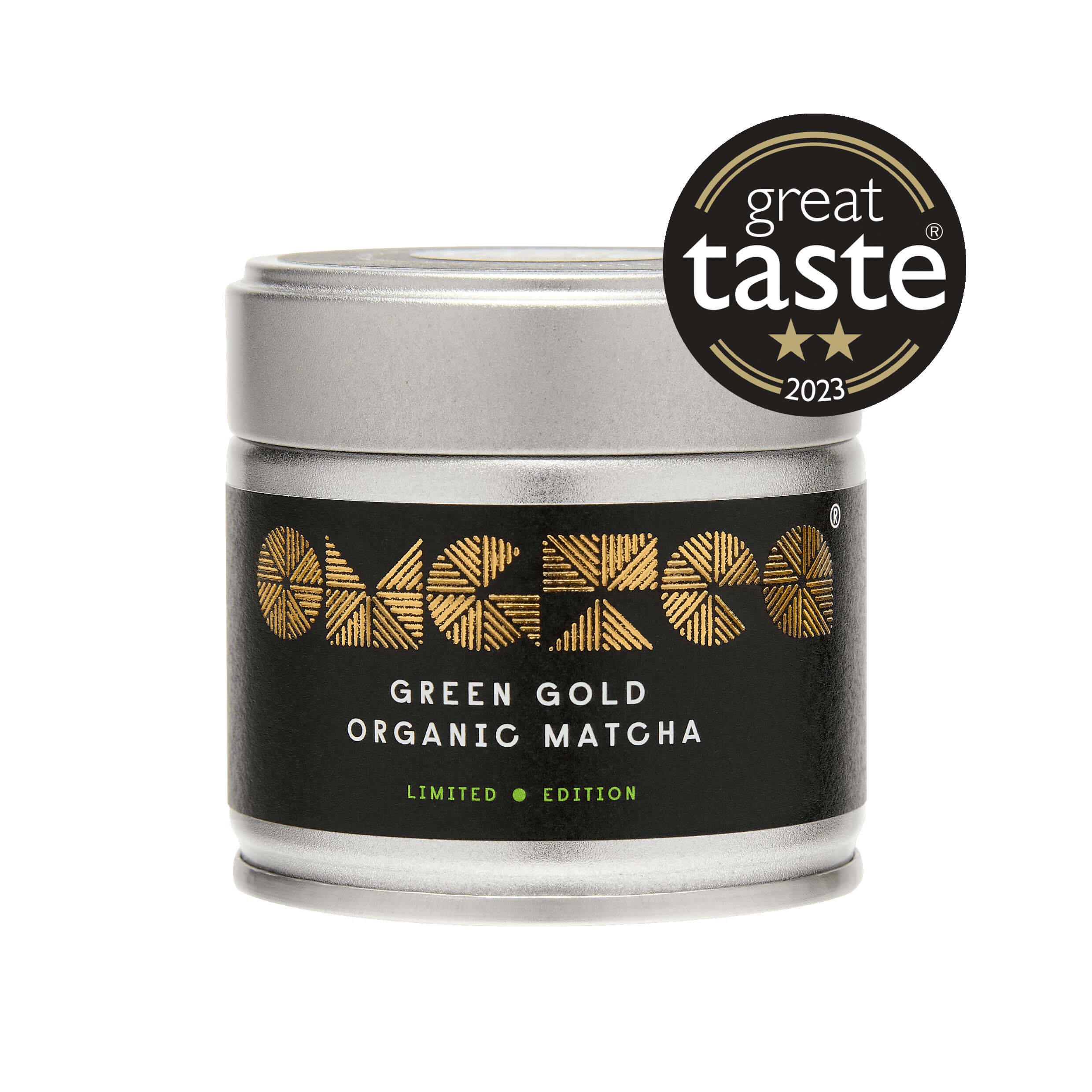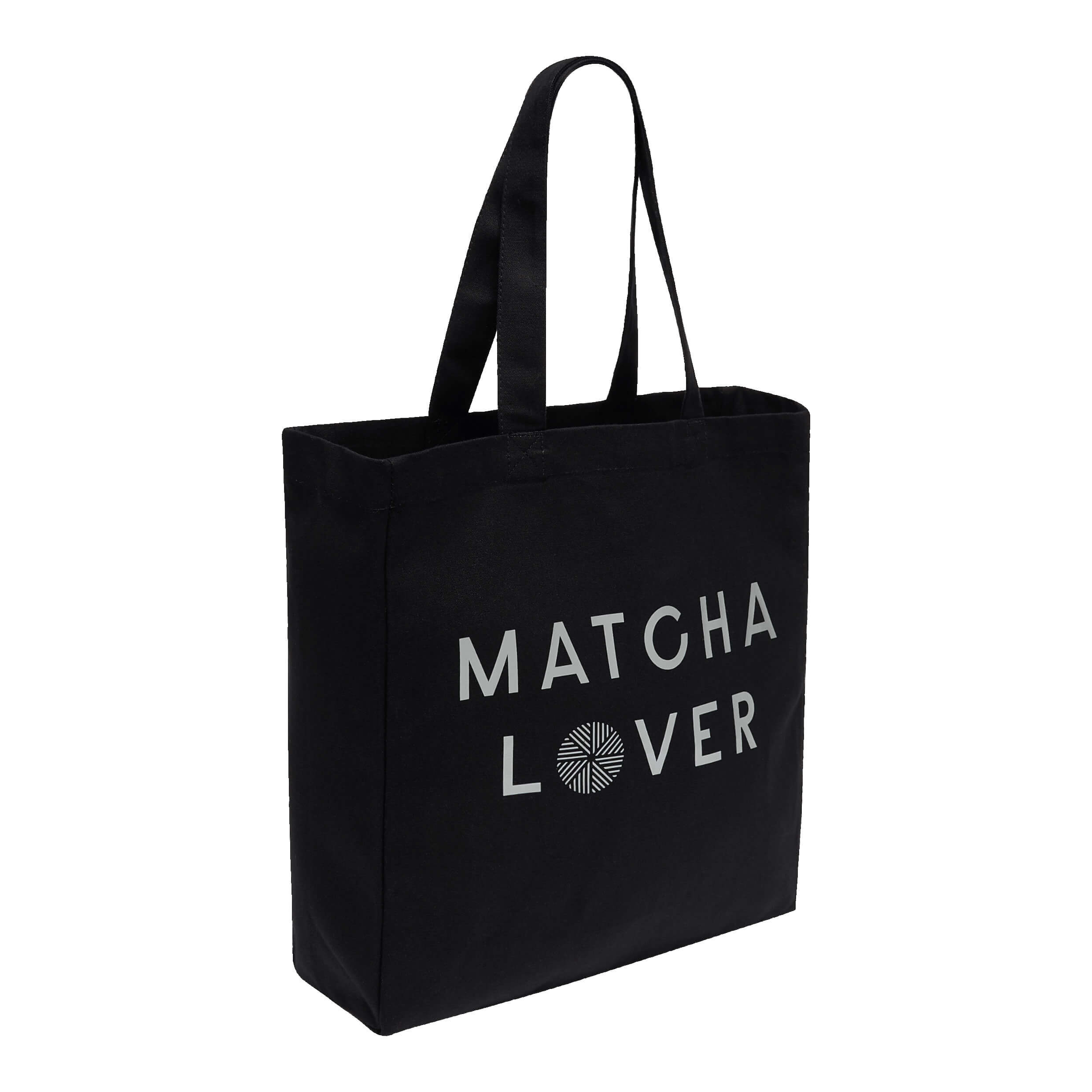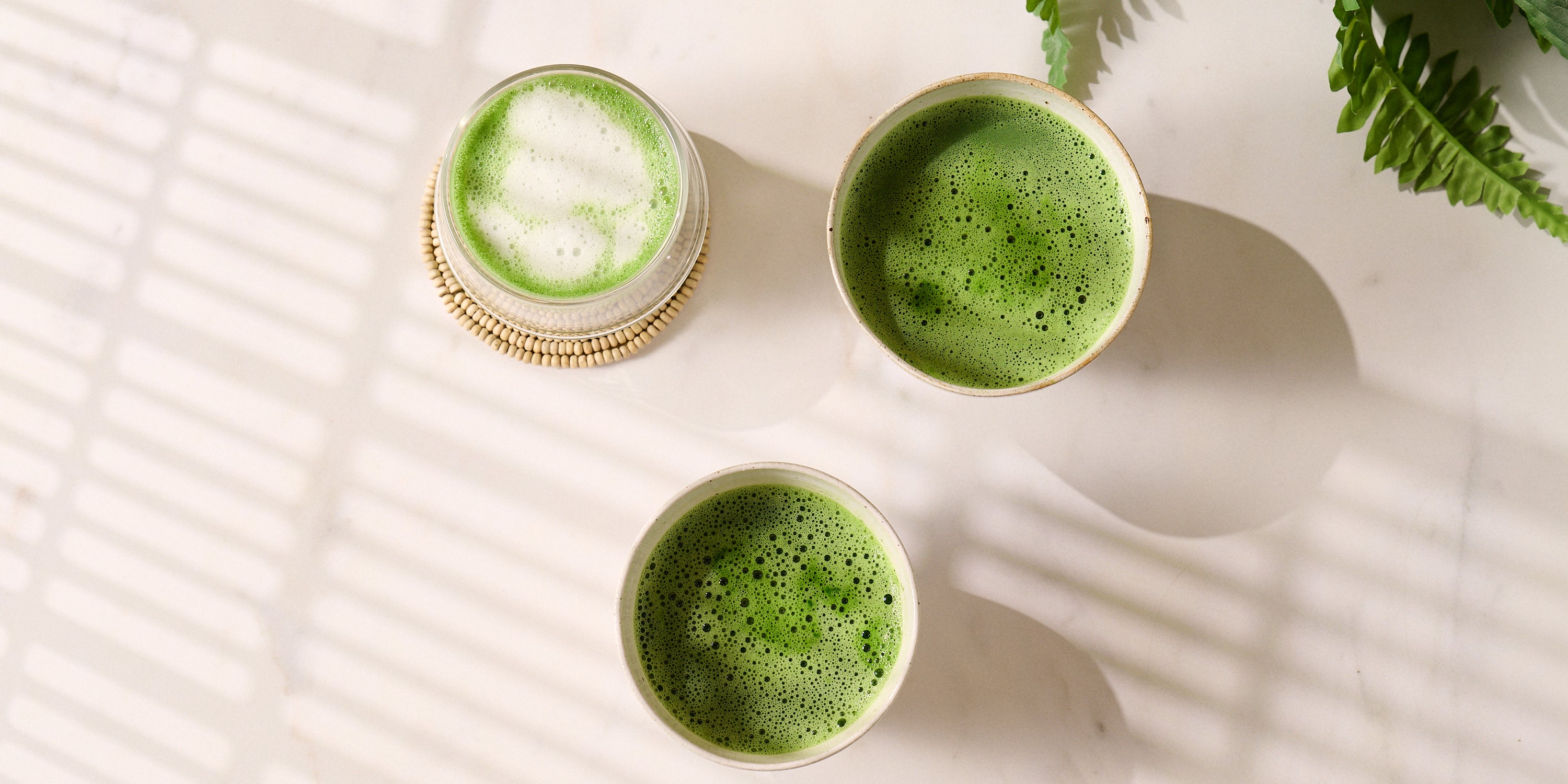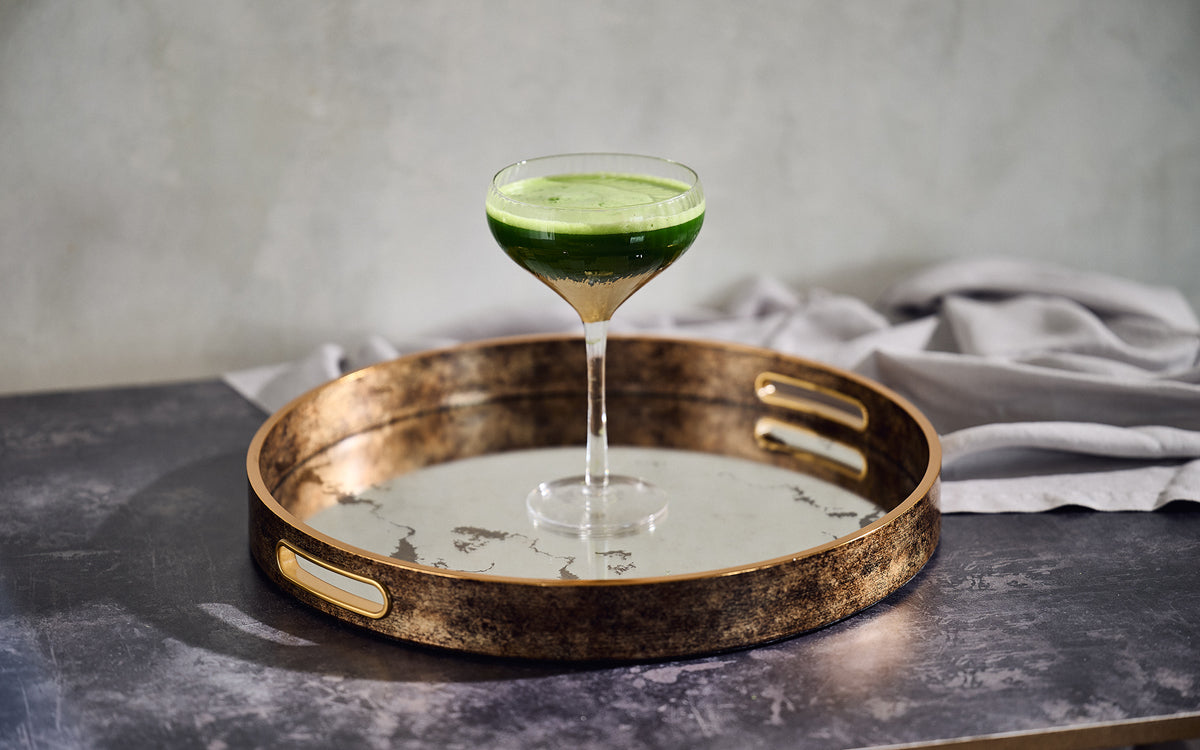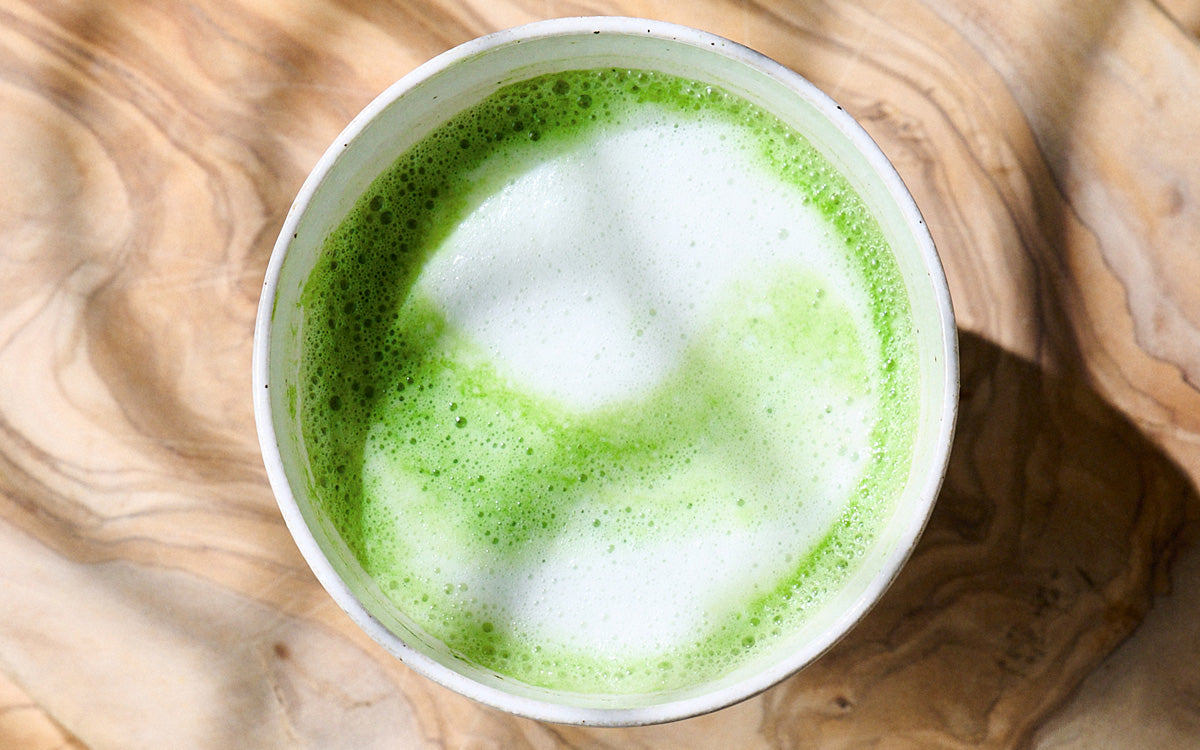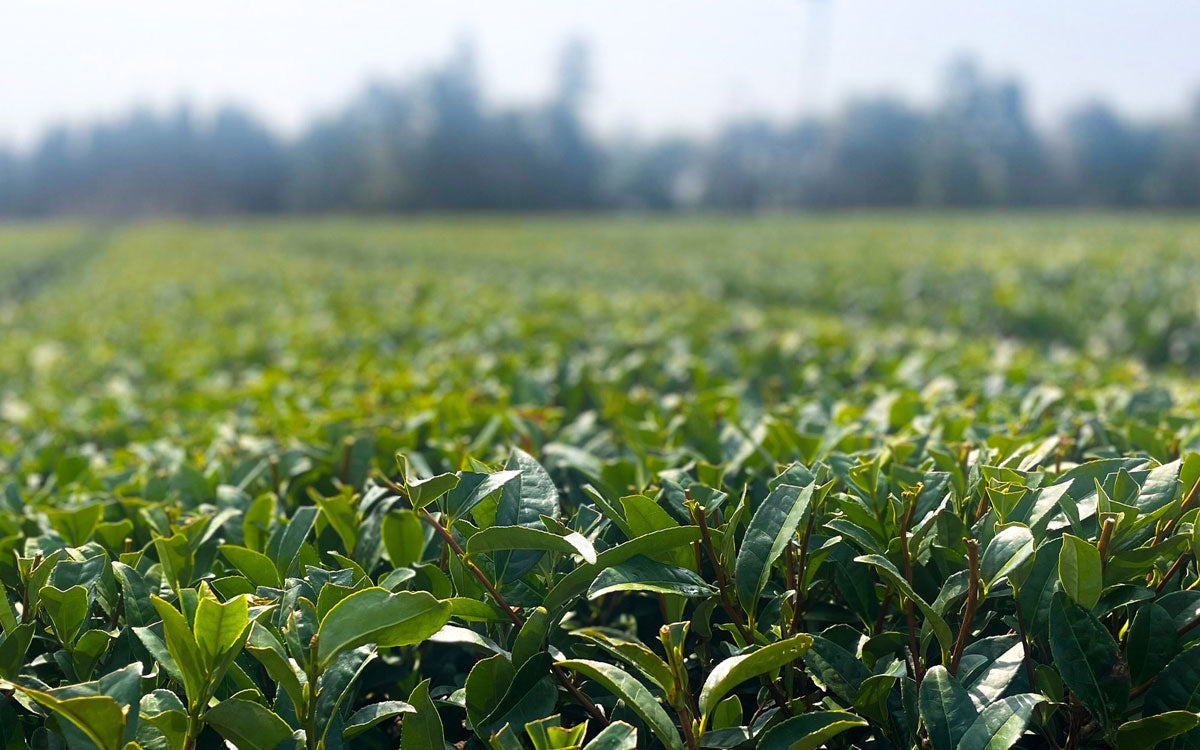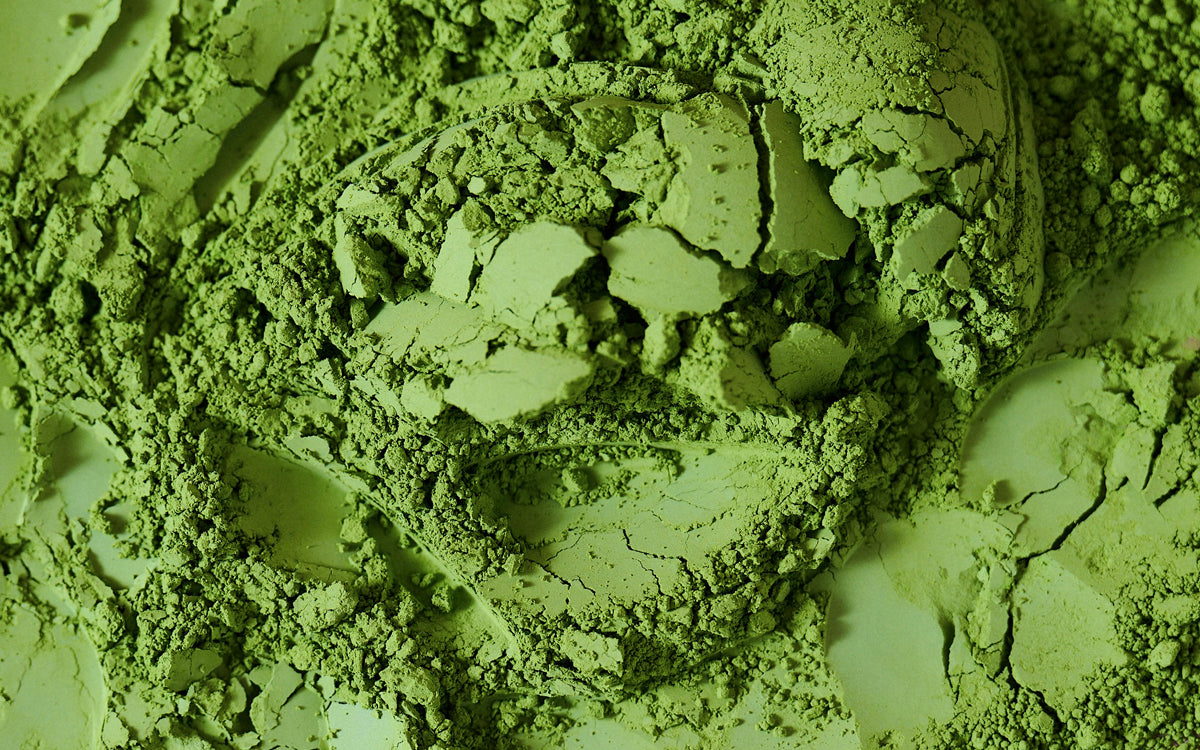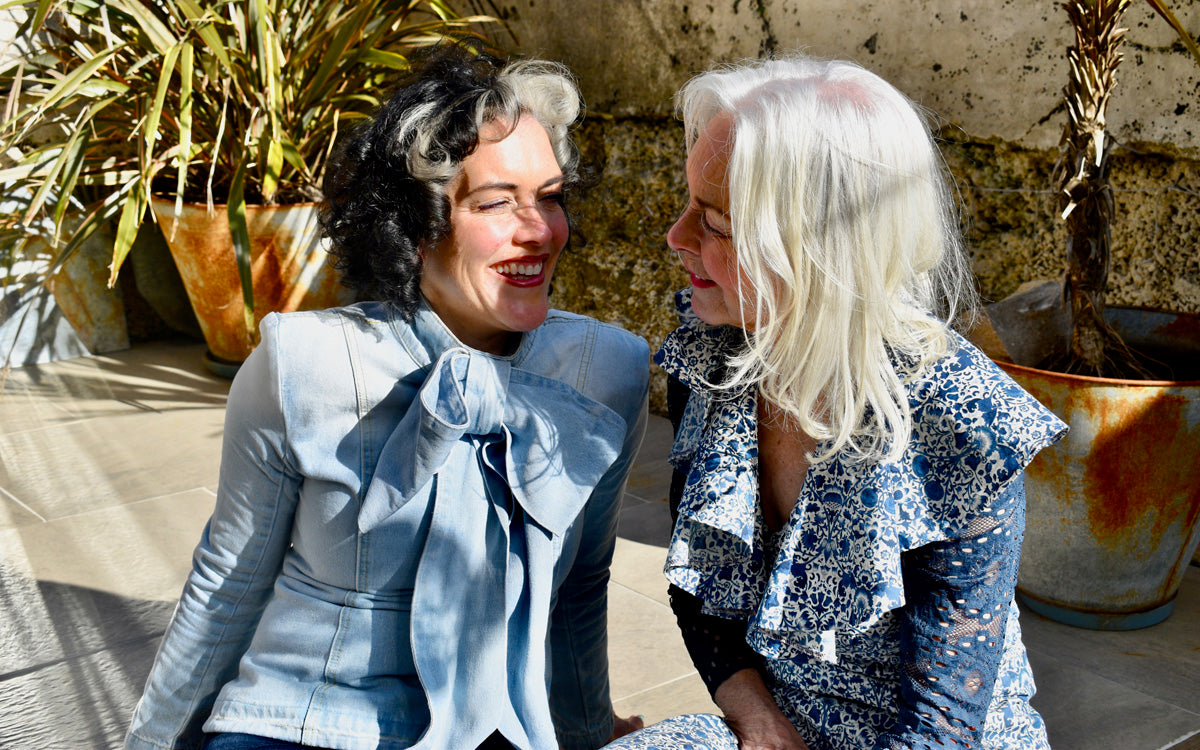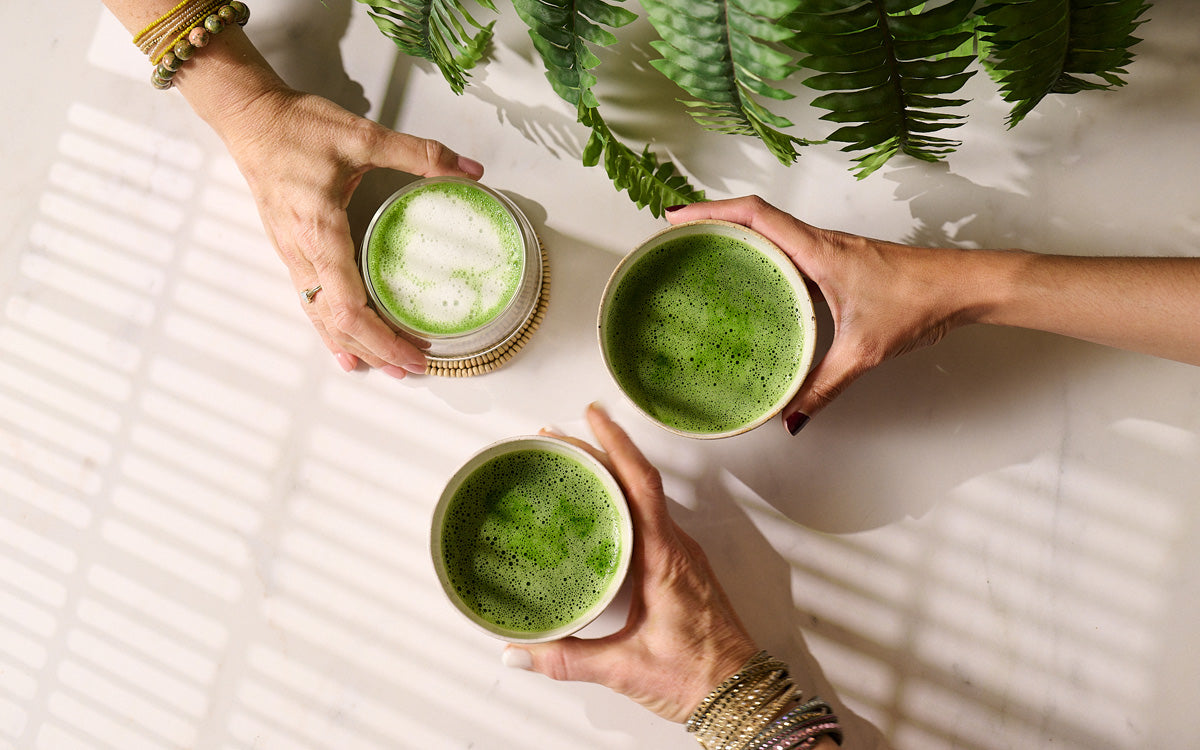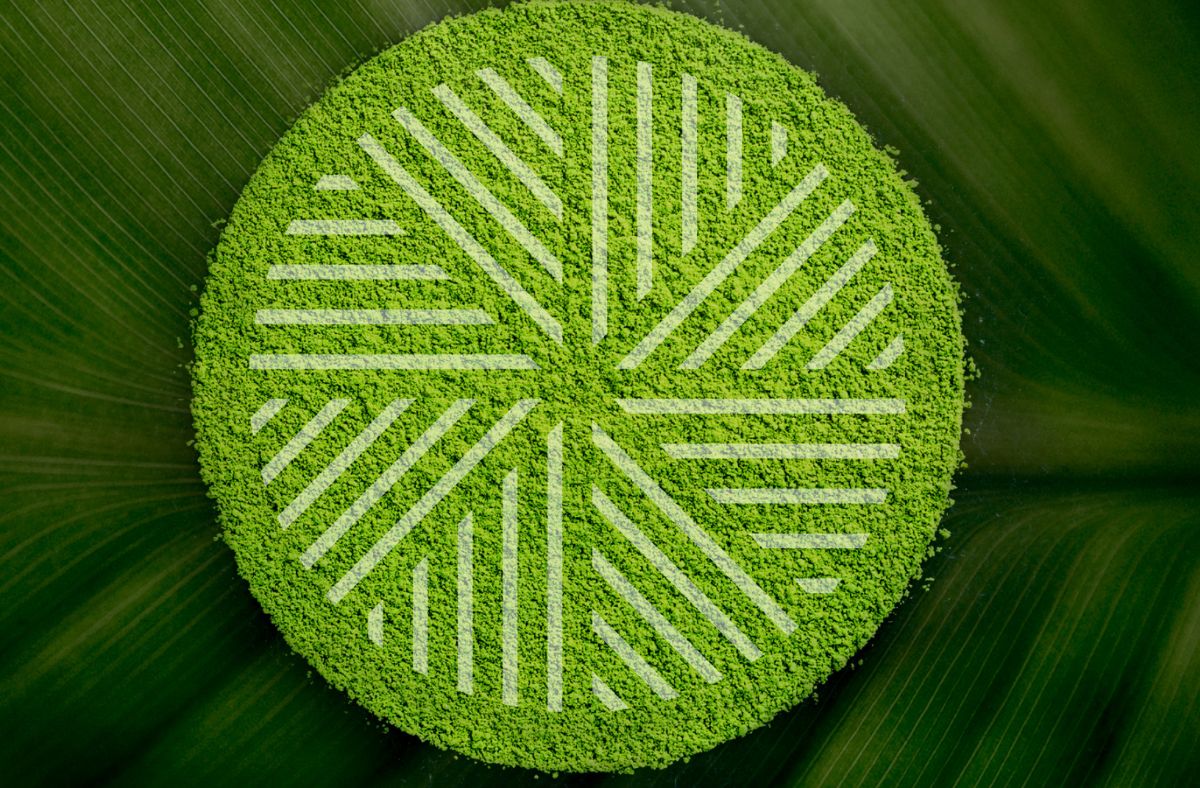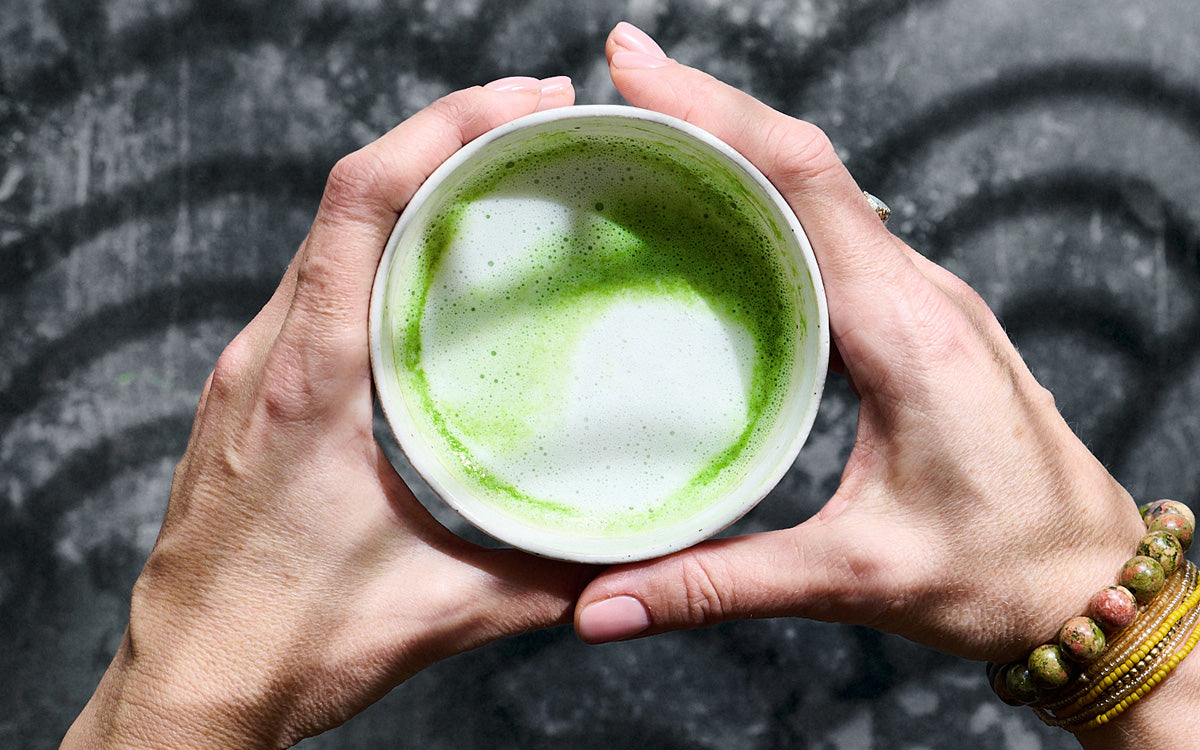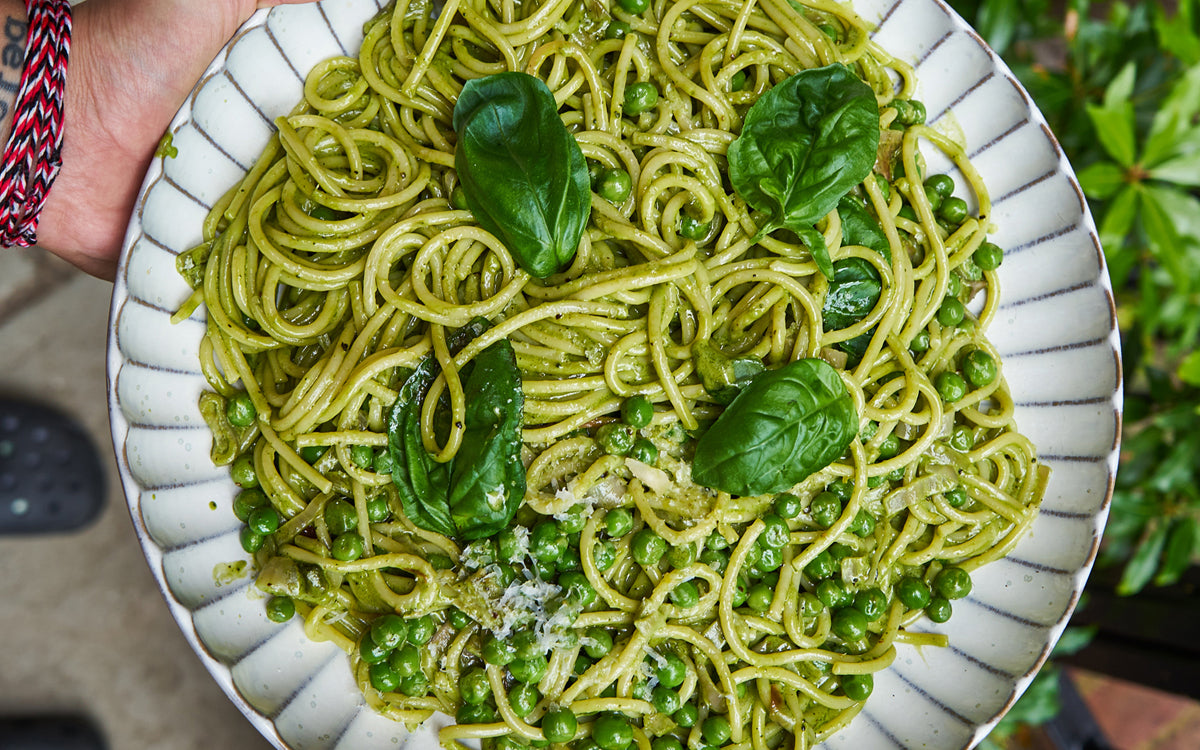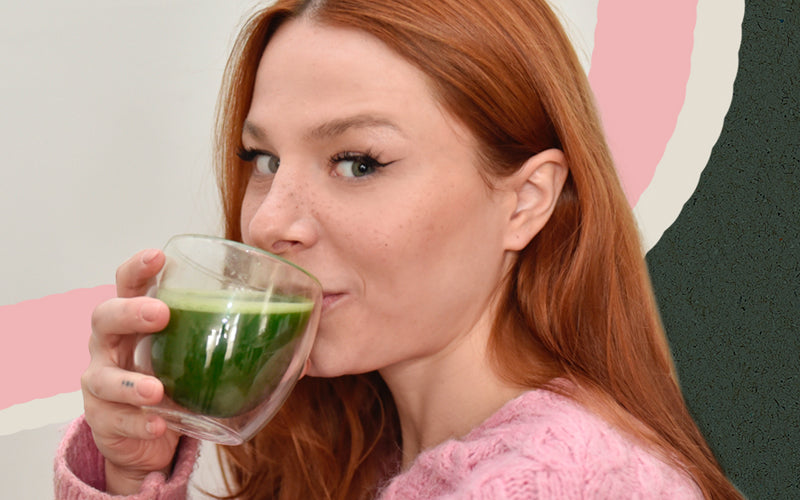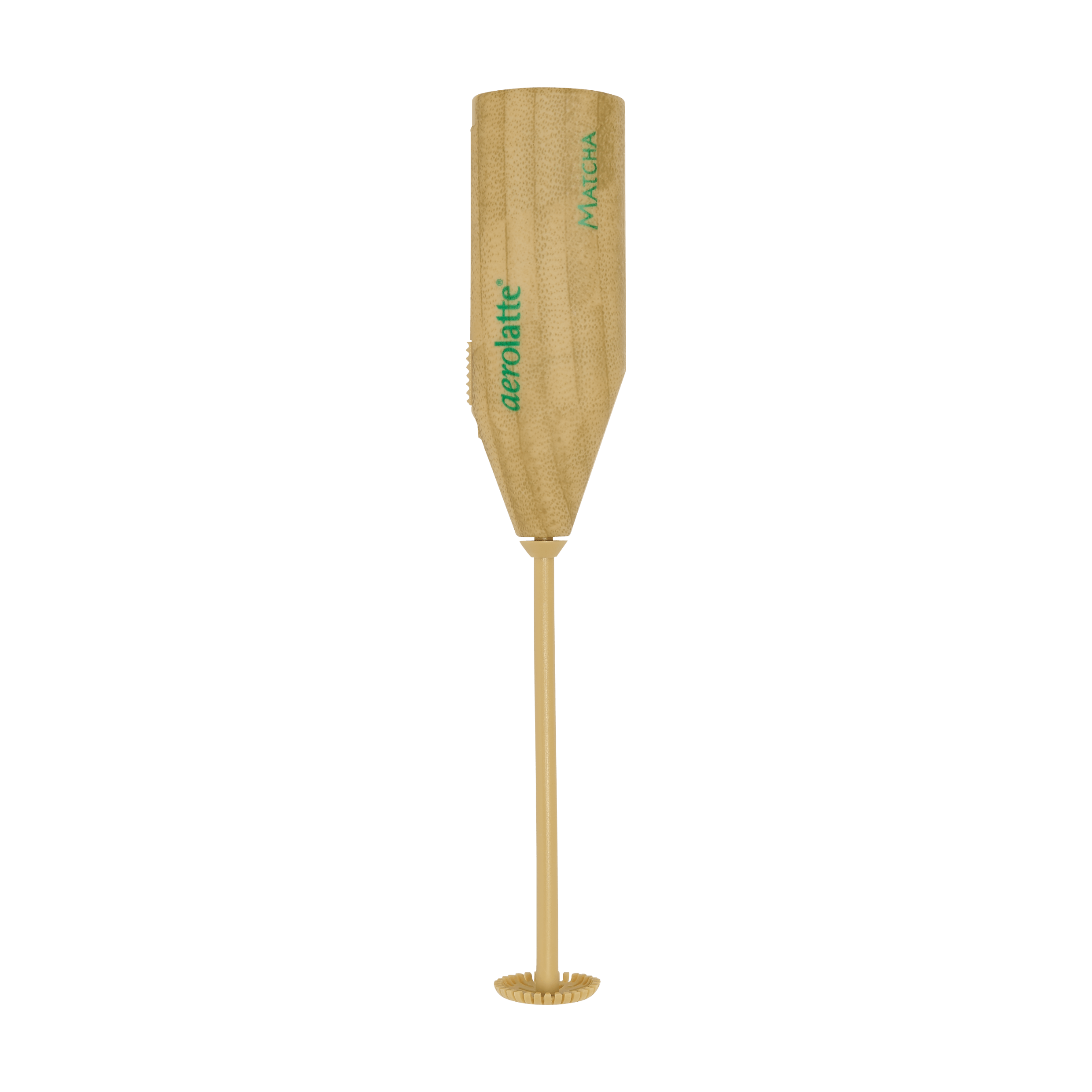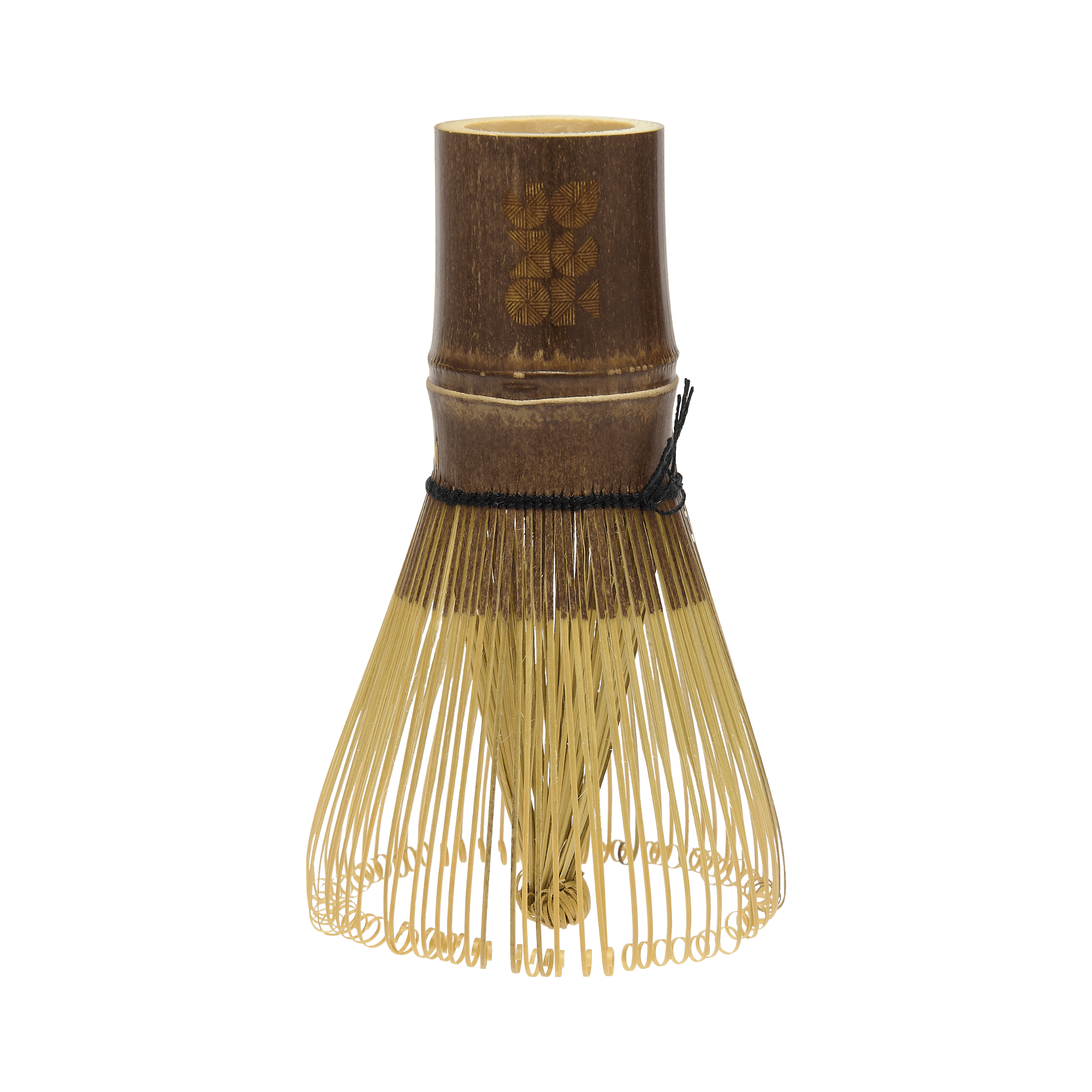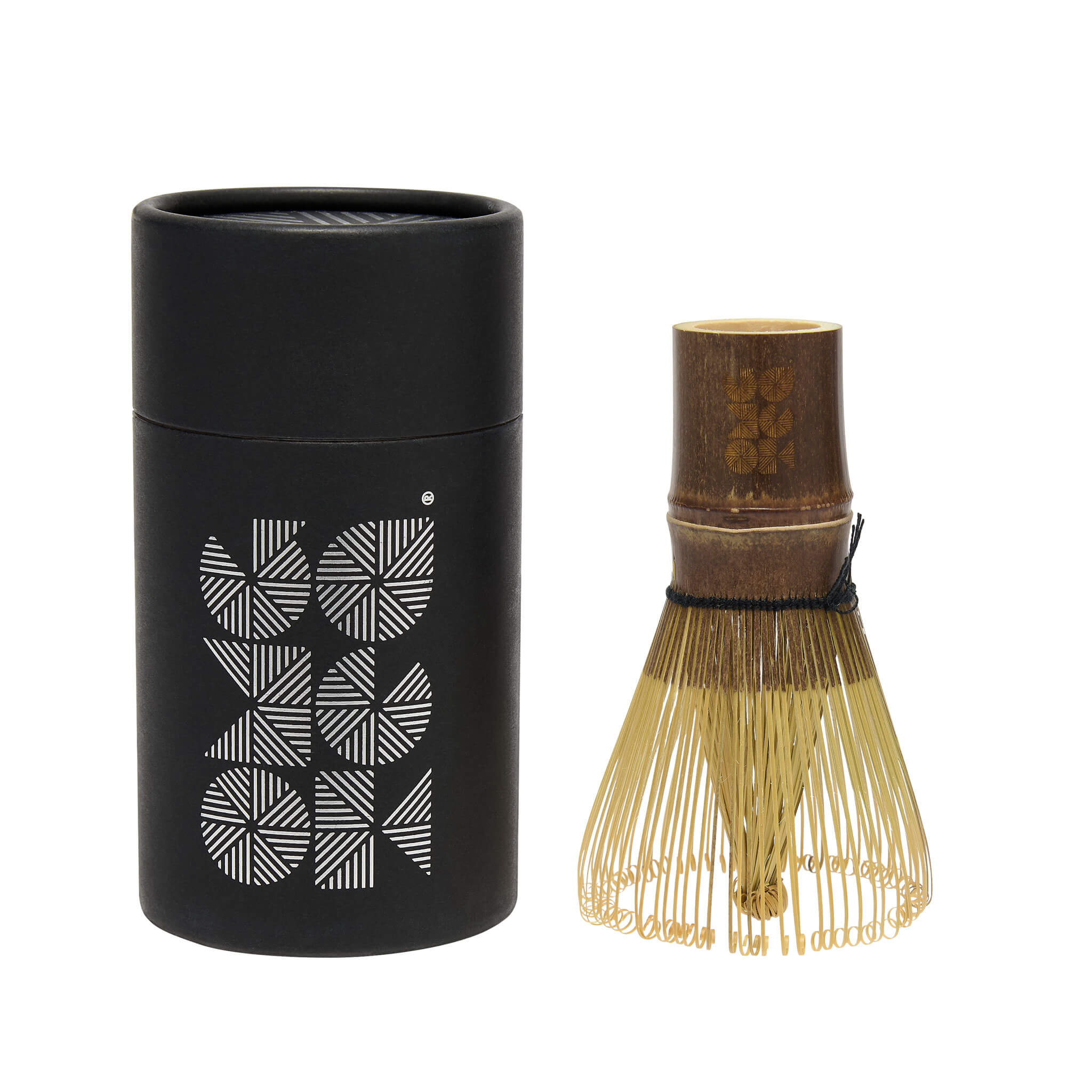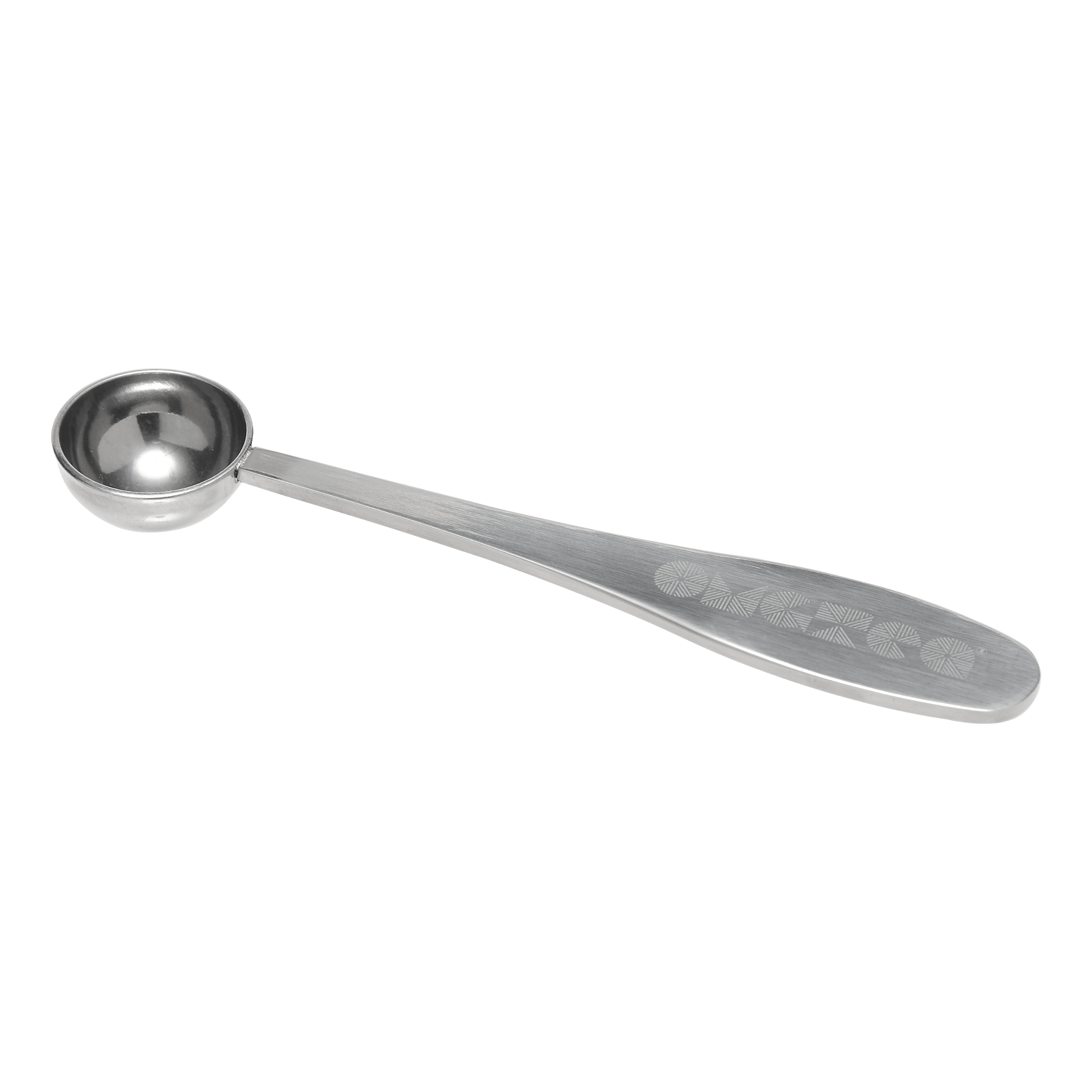The chawan, translated from Japanese as tea bowl, is the ceramic vessel in which matcha tea is prepared and it has played an important role in Japanese tea ceremonies since the 13th century.
Despite often making our matcha quickly (usually while juggling various other tasks) and not going through the detailed process of the traditional tea ceremony, the chawan or matcha bowl is still a highly relevant tool and essential matcha accessory.
We have worked closely with two talented local potters, Claire and Hugh, to develop our own completely bespoke matcha bowls. As part of the process, we immersed ourselves in the story behind the chawan and want to share a little bit of what we learned about this integral matcha tool with you.
Chawan - Handmade and Unique
Matcha bowls are unique in shape and colour to denote beauty in the imperfect and the organic development of nature.
In Japan much attention is paid to the unique characteristics of handmade pottery, and this includes all the variables that make a handmade piece unique. A drippy glaze, a slightly lopsided lip, a finger mark in the glaze, etc, are examples of character that shows ‘the hand’ of the maker. Hand-built matcha bowls have an appealing simplicity too, and often a humble nature expressed in rustic, un-even form, and style.
When developing our new bowls, we knew we wanted something handmade and completely unique to OMGTea, but it was also important that the design be simple and that it complement the matcha tea. We wanted to avoid anything that would detract from its’ beautiful rich colour but instead enhance it. We think the bowls our lovely potters developed do exactly that, with the two designs clearly representing the origins of our organic matcha tea and our focus on quality and craftsmanship.
The volcanic island of Kagoshima with its nutrient rich soil and thriving tea fields are represented with an abstract outline of volcano.
OMGTea Pottery Matcha Bowl - Volcano
The furrows of the granite stone mill are represented by the lines in this design and they are also a reflection of the OMGTea logo. The granite stone mill is used to grind our high quality matcha leaves into a fine powder, a process that takes an hour to grind just 30-40 grams.
If you look closely, you will also see the hand of the maker in the fingerprints on the bottom rim of our new OMGTea bowls. We love how this demonstrates the personal care and craftsmanship that goes into each and every one.

Functionality vs. Beauty
A matcha bowl should be both functional and beautiful. Most chawan are flat bottomed with a wide opening. The purpose of the wide opening is to provide plenty of room for the whisk to move around and aerate the matcha, giving you a smooth cup of tea with a lovely froth.
The matcha bowl may provide other benefits too, as one of our recent customers discovered:
“The matcha bowls are beautiful and a delight to drink from. My matcha stays warmer for longer and the shape of the bowl seems to intensify the Matcha flavour.”
Mindfulness and the Chawan
Beyond the functional benefits however, there is something to be said about taking the time to prepare your matcha in a beautiful bowl and to be present in the moment of making and consuming it. Like the tea ceremony itself, the chawan guides us in focusing on the present moment.
When drinking from a matcha bowl, you are meant to hold it in both hands and notice and reflect upon the warmth of the bowl and the colour of the bright green matcha against it. You should be aware of how the bowl feels in your hands, sense the clay's smoothness or texture, and let your eyes take in the colour and quality of the glazed or unglazed surface.
The mindfulness of this process is both enlightening and energising and provides an opportunity to appreciate this extraordinary tea.
We love the story of the chawan and its’ celebration of the unique and imperfect as well as the connection with nature. There is so much more to these small pots than just being a vessel to hold your tea!
